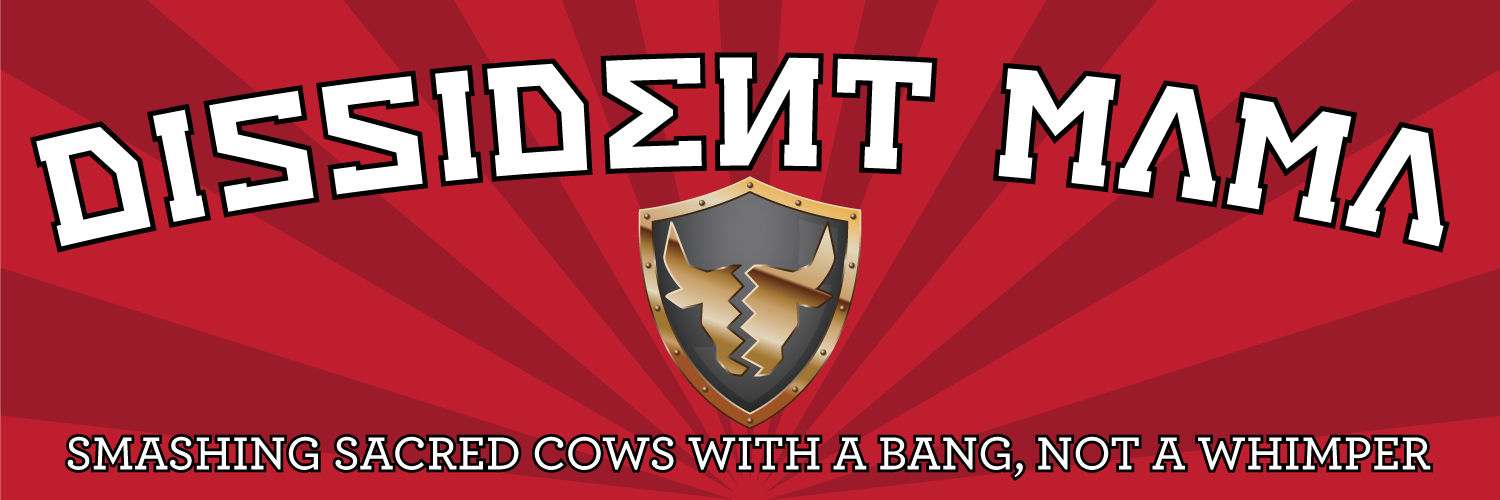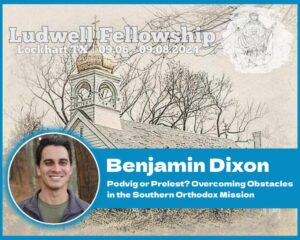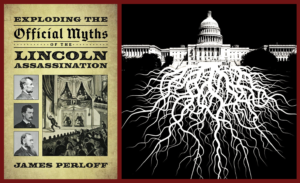Episode 28 features Rachel Kennerly, who is a wife, homeschool mom, Texan by the grace of God, and host of the podcasts Cannabis Heals Me and Just Add Liberty. A Certified Public Accountant by day, Rachel’s a fighter for liberty and a friend. In discussing “Everyday freedom and how to find it in an unfree world,” we chat about everything from home-education, adoption, storytelling, and secession, to gardening, whittling, maskholes, and, of course, cannabis.
Some mentions in the interview: “Whatever Happened to Justice?” by Richard J. Maybury; Andrew Pudewa’s Institute for Excellence in Writing, Classical Conversations, which I’ve written about previously; and cultural-Marxist creep into homeschooling. Speaking of which, I’m the admin of a little private social-media group called Keep the PC Out of Home Education. It’s one of the only remaining glimmers of hope left on Fedbook, at least in my world, so please do consider joining the cool collective.
Lastly, Rachel and I talk about the bad American history that sometimes pervades even quality homeschool curriculum, so I have included a short “Civil War” essay that my oldest son penned a few of years ago. It was composed contrary to the provided “source text,” but it can give you an idea of just what you and your children can do, even within the confines of sometimes status-quo material. Like we homeschoolers say, everything is a learning opportunity!
👉 Check out the interview on YouTube!
“The Uncivil War”
By Houston
Essentials – Lesson 16
January 18, 2018
Honestly, the Civil War, which took place from 1861 to 1865, was not a civil war at all. A “civil war” is a conflict between fellow countrymen for domination and control of the general government. A better name for it is the War of Northern Aggression since the Union illegally invaded the Southern states. Or it could be called the Second War for American Independence because the Confederate States of America was fighting for self-determination and against tyrannical central authority, just as the Founding Fathers had done. Regretfully, many people’s thinking is askew on this issue. They presume the war was solely about slavery.
However, it was much more complicated than this popularly mimicked moral misjudgment. Indeed, the South was agricultural and used some slave labor, whereas the North was more industrial. According to the best research, only 5 to 25 percent of Southern farmers owned slaves at the beginning of the war.
Shocking to some people was that slavery existed in border states and also in the Federal capital, Washington, D.C. In fact, it was “King Cotton” that helped build the North’s prosperous cities. A common myth espoused is that the evil South wanted to count slaves as three-fifths of a human, but it was really the North that pushed that “compromise.”
Why? To make the Southern states impotent in Congress. Slavery was just a symptom of the protracted disease, which was a power struggle amid the North and South’s differing cultures. A few other unshakable animosities included: taxing power, tariffs, and trade; the Constitution as a “voluntary compact” and the right to peacefully leave the Union; sectionalism, states’ rights, and self-preservation; and Congressional representation and Western expansion.
Therefore, 11 indignant states parted from the Union, but each for its own reasons. For example, North Carolina and Virginia didn’t secede until Lincoln sent 75,000 Federal troops marching through those states. Their citizens were simply resolved to defend their homes.
This was absolutely the bloodiest war in American history. The four-year struggle between the Confederacy and its Indian allies (the Cherokee, Chickasaw, Choctaw, Creek, and Seminole Nations) and the Union killed nearly 700,000 men, women, and children – white, black, and Native alike. This was truly an unnecessary and “uncivil” war, and we’re still living with the political consequences of it today.





